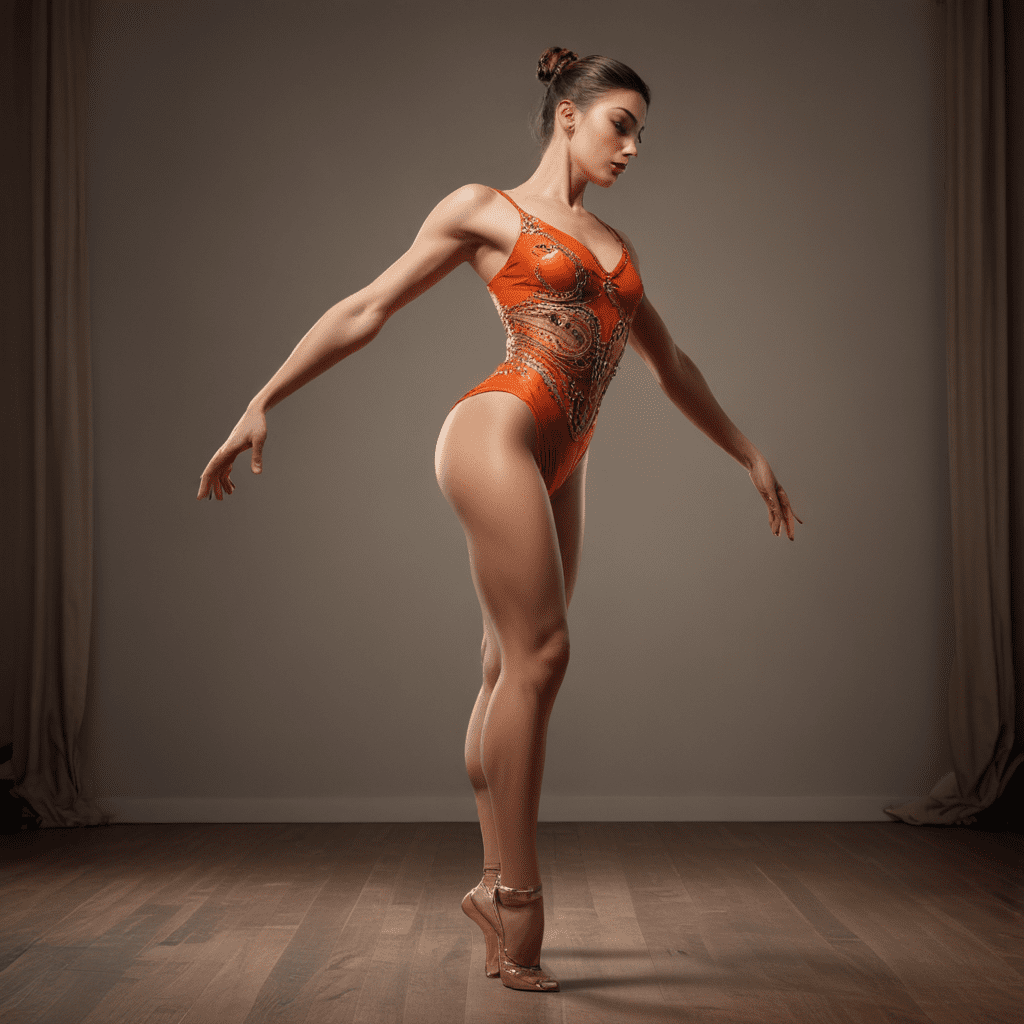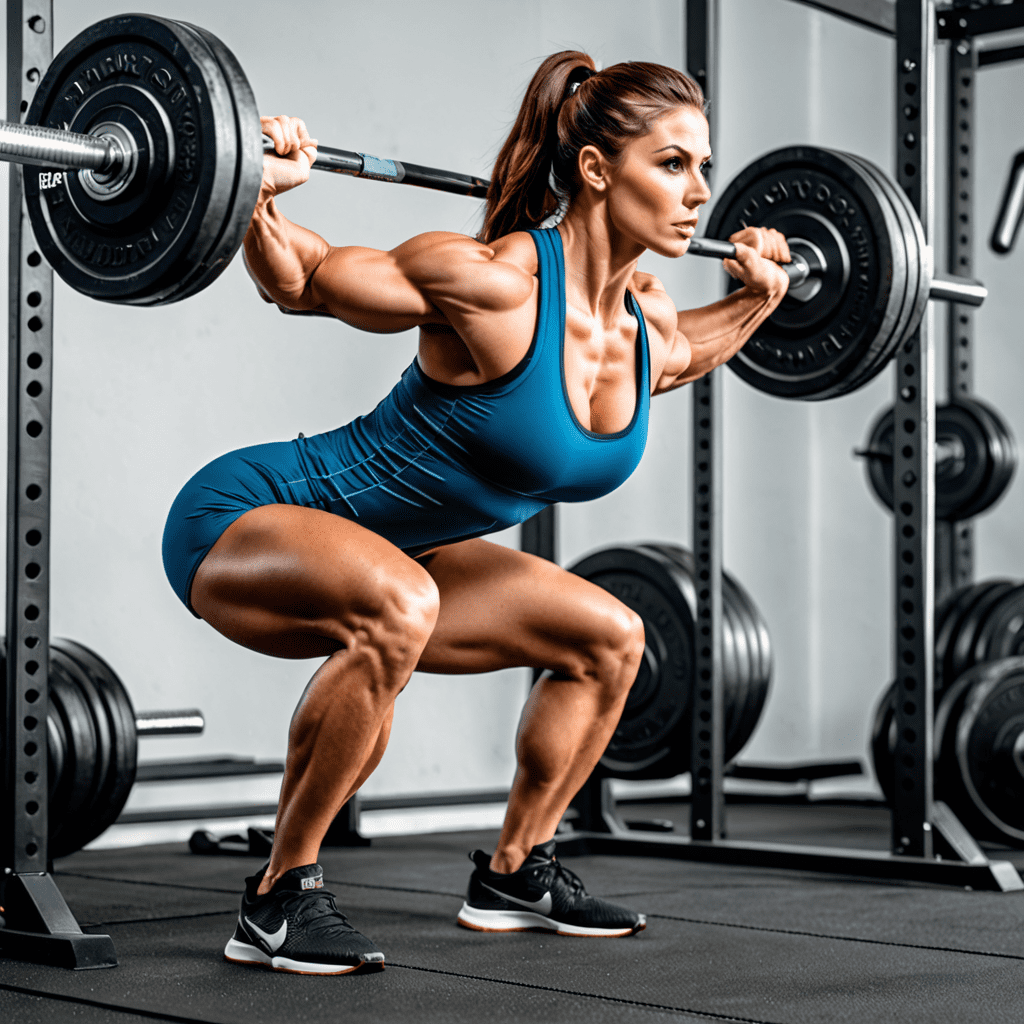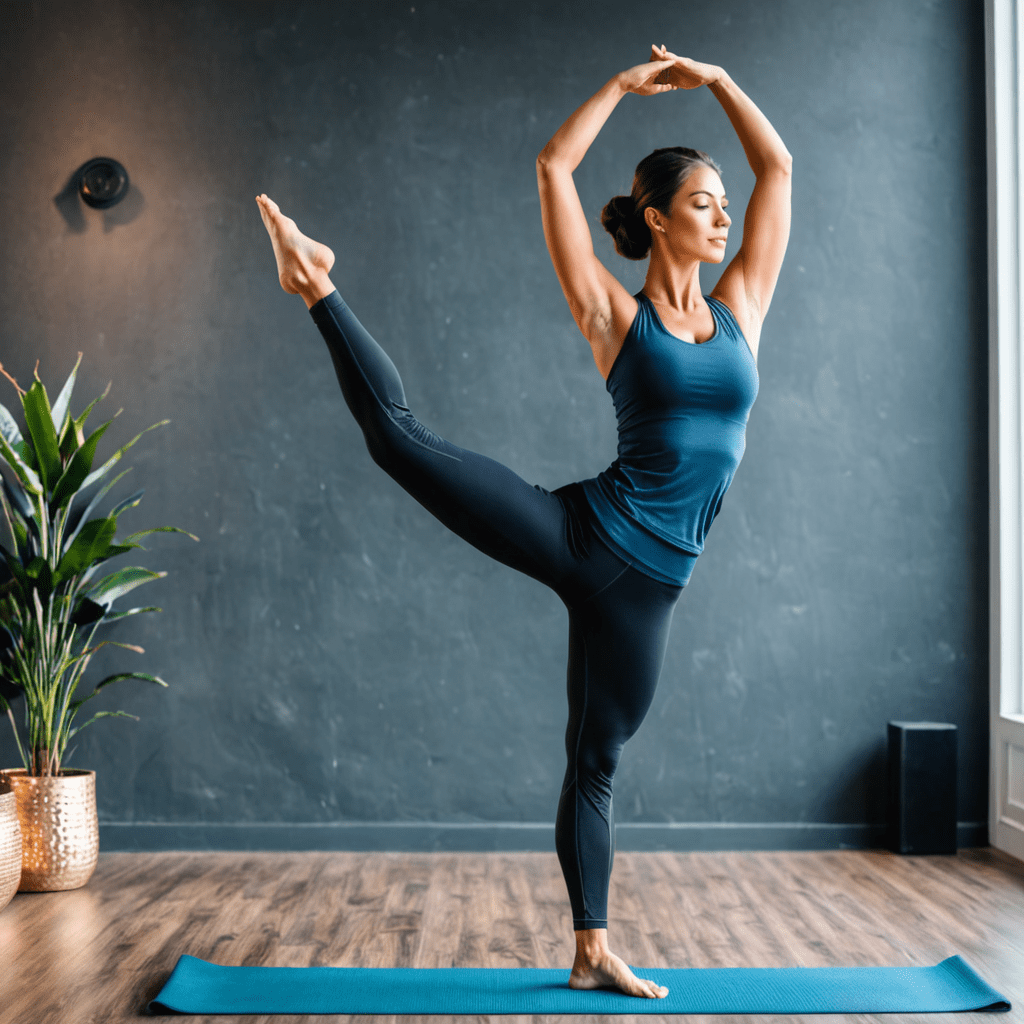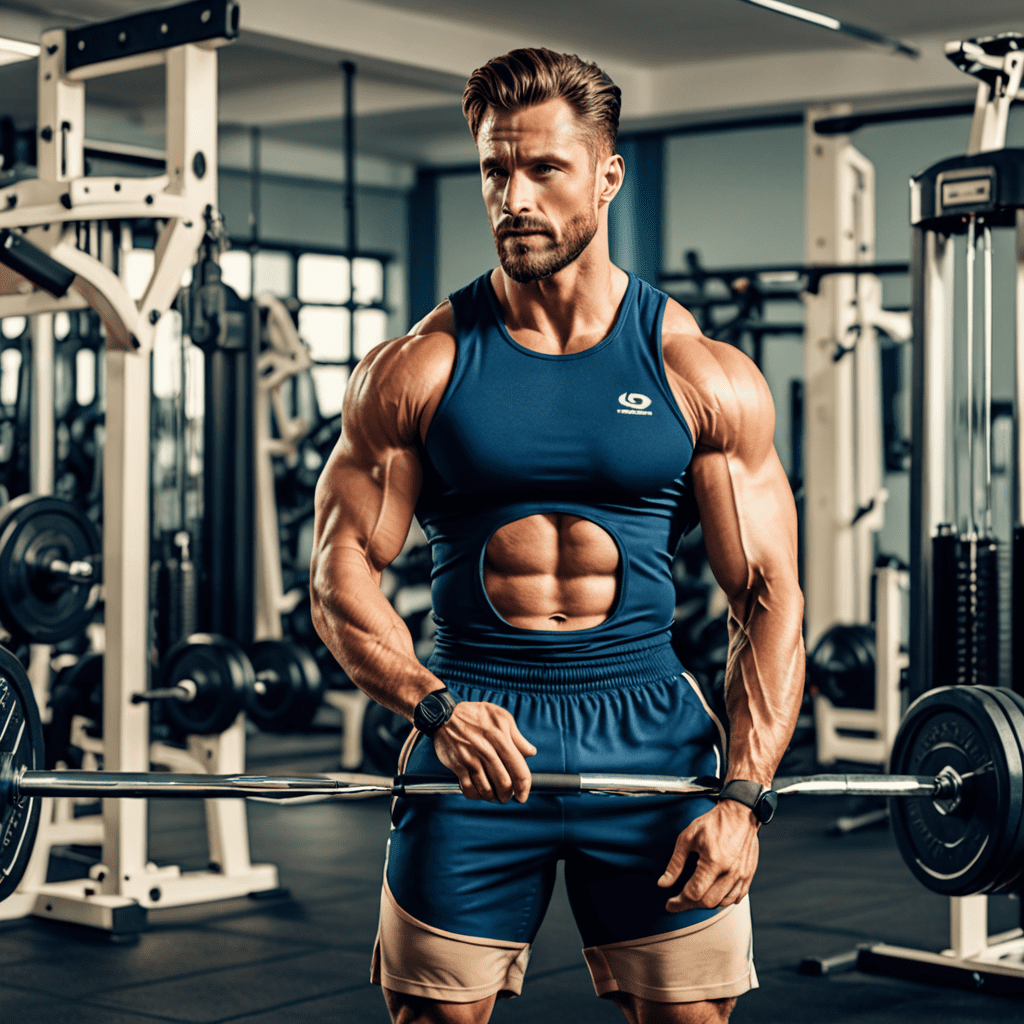
Posture Improvement for Dancers: Enhancing Performance
1. Introduction:
The Importance of Good Posture for Dancers:
Proper posture is crucial for dancers of all levels and styles. It forms the foundation for optimal performance, allowing for efficient movement, graceful aesthetics, and injury prevention. Good posture enables dancers to express themselves fully, maximizing their potential and minimizing the risk of strain or injury.
Benefits of Proper Alignment for Performance and Injury Prevention:
Proper alignment enhances performance by promoting a more efficient use of energy, allowing dancers to move with greater ease and control. It also improves balance, stability, and coordination, leading to more fluid and precise movements. Additionally, good posture protects dancers from injury by reducing stress on joints and muscles.
Overview of the Key Areas to Focus on for Posture Improvement:
To achieve optimal posture, dancers need to focus on several key areas: core strength, alignment in different body segments, flexibility and range of motion, body awareness and kinesthetic feedback, ergonomics and injury prevention, and mental and emotional aspects of posture. Each of these elements plays a vital role in creating a strong and balanced foundation for movement.
2. Understanding Dance Posture:
Defining Ideal Dance Posture and Its Characteristics:
Ideal dance posture is characterized by a lengthened spine, neutral pelvis, engaged core muscles, and relaxed shoulders. The head should be held high with the chin slightly tucked, and the arms should hang naturally at the sides. The knees should be slightly bent, and the feet should be parallel and firmly planted on the floor.
Recognizing Common Postural Deviations in Dancers:
Common postural deviations in dancers include excessive rounding of the shoulders, hyperextension of the knees, and arching of the lower back. These deviations can lead to imbalances, decreased efficiency, and increased risk of injury.
Analyzing the Impact of Different Dance Styles on Posture:
Different dance styles have varying demands on dancers' bodies. Ballet, for example, emphasizes turnout and extension, while modern dance prioritizes flexibility and freedom of movement. Understanding the specific requirements of each style is essential for developing a tailored approach to posture improvement.
3. Importance of Core Strength:
The Role of Core Muscles in Maintaining Proper Alignment:
The core muscles, including the abdominal, back, and hip muscles, play a crucial role in maintaining proper alignment. They provide stability and support for the spine and pelvis, allowing dancers to move with control and precision. Strong core muscles also help to protect against injury by reducing stress on the joints.
Core Strengthening Exercises for Dancers:
Dancers can strengthen their core by performing exercises such as planks, crunches, and leg lifts. It is important to engage the core muscles during all dance movements, not just during specific exercises.
Integrating Core Work into Dance Training Programs:
Core strengthening exercises should be integrated into dancers' regular training programs. They can be performed before, during, or after dance classes to ensure proper alignment and reduce the risk of injury.
4. Alignment in Different Body Segments:
Head and Neck Positioning:
The head should be held high with the chin slightly tucked. This position lengthens the spine and allows for optimal balance and control.
Shoulder Alignment and Scapular Stability:
The shoulders should be relaxed and down, with the scapulae (shoulder blades) retracted and depressed. This alignment helps to prevent shoulder injuries and allows for full range of motion in the arms.
Spinal Curvature and Pelvic Control:
The spine should maintain its natural S-shaped curve, with a slight arch in the lower back and a neutral pelvis. Pelvic control is essential for maintaining proper alignment and preventing injuries.
Knee and Ankle Alignment:
The knees should be slightly bent, and the ankles should be neutral, neither rolled in nor out. This alignment ensures stability and reduces stress on the joints.
5. Flexibility and Range of Motion:
The Relationship Between Flexibility and Posture:
Flexibility is essential for maintaining good posture. It allows dancers to move through their full range of motion without restriction, which improves both performance and injury prevention.
Importance of Maintaining Appropriate Range of Motion for Different Joints:
Dancers need to maintain appropriate range of motion in all their joints, including the hips, knees, ankles, shoulders, and spine. This allows for fluid and graceful movement and reduces the risk of injury.
Stretching Strategies for Dancers to Improve Flexibility and Posture:
Dancers can improve their flexibility by performing regular stretching exercises that target all major muscle groups. Stretching should be done safely and gradually, avoiding bouncing or forcing movements.
6. Body Awareness and Kinesthetic Feedback
Developing Awareness of Body Alignment and Movement Patterns:
Body awareness refers to the ability to sense and perceive the position and movement of one's body in space. Dancers need to develop a high level of body awareness to maintain proper alignment and execute movements with precision.
Techniques for Improving Kinesthetic Feedback and Proprioception:
Kinesthetic feedback, also known as proprioception, is the sense of the relative position of neighboring parts of the body and the strength of effort being employed in movement. Dancers can improve their kinesthetic feedback by focusing on the sensations of their bodies during movement, such as the stretch of their muscles, the weight of their limbs, and the contact of their feet with the floor.
Utilizing Imagery and Visualization to Enhance Posture:
Imagery and visualization can be powerful tools for improving posture. Dancers can visualize themselves moving with perfect alignment, feeling the sensations of their bodies in ideal positions. This practice can help to reinforce proper movement patterns and enhance body awareness.
7. Ergonomics and Injury Prevention
Importance of Proper Training Techniques and Equipment:
Proper training techniques and equipment are essential for preventing dance-related injuries. Dancers should work with qualified instructors who can teach them safe and effective movement patterns. They should also use appropriate footwear and other equipment that provides support and protection.
Understanding the Principles of Ergonomics in Dance Practice:
Ergonomics is the science of designing the work environment to fit the capabilities of the worker. In dance, ergonomics involve modifying training methods and equipment to minimize stress on the body. This can include using props to support the body during challenging movements, taking frequent breaks to rest and recover, and avoiding repetitive strain.
Strategies for Preventing Common Dance-Related Injuries:
Common dance-related injuries include ankle sprains, knee injuries, and back pain. Dancers can prevent these injuries by warming up properly before dancing, stretching regularly, and listening to their bodies and taking breaks when they feel pain.
8. Nutrition and Hydration for Posture
The Role of Nutrition in Maintaining Healthy Bones and Muscles:
Nutrition plays a vital role in maintaining healthy bones and muscles, which are essential for good posture. Dancers need to eat a balanced diet that includes plenty of fruits, vegetables, whole grains, and lean protein. They should also make sure to get enough calcium and vitamin D for bone health.
Importance of Hydration for Joint Health and Flexibility:
Hydration is essential for joint health and flexibility. Dancers need to drink plenty of fluids throughout the day, especially before, during, and after dancing. Water is the best choice, but sports drinks can also be helpful for replenishing electrolytes lost through sweat.
Dietary Recommendations for Dancers to Support Posture Improvement:
Dancers can support posture improvement by eating a healthy diet that includes plenty of nutrient-dense foods. Some specific recommendations include:
- Eating plenty of fruits and vegetables for vitamins, minerals, and antioxidants.
- Choosing whole grains over refined grains for fiber and complex carbohydrates.
- Eating lean protein sources for muscle building and repair.
- Getting enough calcium and vitamin D for bone health.
- Staying hydrated by drinking plenty of fluids throughout the day.
9. Mental and Emotional Aspects of Posture
The Connection Between Mental State and Physical Posture:
There is a strong connection between mental state and physical posture. When we are feeling stressed or anxious, our posture tends to slump. Conversely, when we are feeling confident and positive, our posture is more likely to be upright and open.
Techniques for Managing Stress and Anxiety that can Affect Posture:
Dancers can manage stress and anxiety that can affect posture by practicing relaxation techniques such as deep breathing and meditation. They can also focus on maintaining a positive mindset and developing healthy coping mechanisms for dealing with stress.
Maintaining a Positive Mindset for Optimal Performance:
A positive mindset is essential for optimal performance. Dancers can maintain a positive mindset by focusing on their strengths, setting realistic goals, and visualizing success. They should also avoid negative self-talk and surround themselves with supportive people.
10. Conclusion
Posture improvement is an essential aspect of dance training. By focusing on core strength, alignment, flexibility, body awareness, ergonomics, nutrition, and mental and emotional health, dancers can create a strong foundation for optimal performance and injury prevention. By implementing the strategies outlined in this article, dancers can enhance their technique, artistry, and overall well-being.
It is important to remember that posture improvement is an ongoing process. Dancers need to be patient and consistent with their efforts to see results. With dedication and hard work, they can achieve their posture goals and reach their full potential as dancers.
FAQ
What are some common postural deviations in dancers?
Common postural deviations in dancers include excessive rounding of the shoulders, hyperextension of the knees, and arching of the lower back.
How can I improve my core strength?
Dancers can improve their core strength by performing exercises such as planks, crunches, and leg lifts. It is important to engage the core muscles during all dance movements.
What is the importance of flexibility for posture?
Flexibility is essential for maintaining good posture. It allows dancers to move through their full range of motion without restriction.
What are some ways to stay hydrated?
Dancers can stay hydrated by drinking plenty of fluids throughout the day, especially before, during, and after dancing. Water is the best choice, but sports drinks can also be helpful for replenishing electrolytes lost through sweat.
How can I maintain a positive mindset for dance?
Dancers can maintain a positive mindset by focusing on their strengths, setting realistic goals, and visualizing success. They should also avoid negative self-talk and surround themselves with supportive people.


